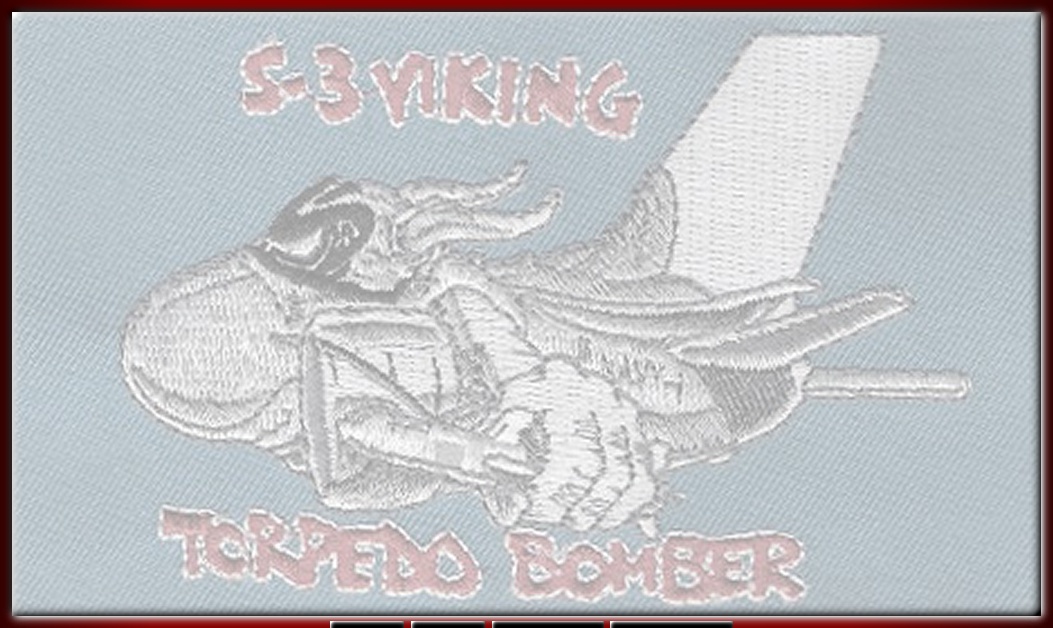

The tanker conversion entailed the removal of most anti-submarine warfare(ASW) specific equipment,
including the advanced acoustic processor installed just a few short years prior. Sonobuoy tubes were
faired over and the magnetic anomaly detection boom removed. The sensor operator (SENSO) crew
position, which the aircraft had been built around, was eliminated. However, the Viking did retain ASW
weapons delivery capability. In a pinch, the Viking could still be VECTACed (Vectored Attack) to drop
weapons on subsurface targets.
With its ASW equipment removed, the S-3 was earnestly pressed into service refueling F-18s and F-14s. This is the primary role Vikings would play until the end, although the aircraft did receive further equipment and weapons upgrades, including the AGM-65 Maverick.
In March of 2007, VS-24 was deactivated. The ceremony, held at NAS Jacksonville, was a somber but celebratory meeting of Scouts from the past. The squadron prepared two aircraft for the ceremony. One was painted in the current Navy standard low-viz gray tactical paint scheme, and the other was painted in an attractive retro gull gray over white scheme from the 70's/early 80's.
As I watched the ceremony, my feelings were mixed. Like other former Scouts, I was proud of my service and my small contribution to this historic Navy squadron. But I wondered about the Navy's decision to retire such a capable aircraft without a replacement. Although the nuclear submarine threat from the former Soviet Union has diminished, it has not disappeared completely, and there are emerging threats from other potentially belligerent nations. However, for the time being at least, no nation appears to be in a position to challenge the US Navy on the high seas.
With its ASW equipment removed, the S-3 was earnestly pressed into service refueling F-18s and F-14s. This is the primary role Vikings would play until the end, although the aircraft did receive further equipment and weapons upgrades, including the AGM-65 Maverick.
In March of 2007, VS-24 was deactivated. The ceremony, held at NAS Jacksonville, was a somber but celebratory meeting of Scouts from the past. The squadron prepared two aircraft for the ceremony. One was painted in the current Navy standard low-viz gray tactical paint scheme, and the other was painted in an attractive retro gull gray over white scheme from the 70's/early 80's.
As I watched the ceremony, my feelings were mixed. Like other former Scouts, I was proud of my service and my small contribution to this historic Navy squadron. But I wondered about the Navy's decision to retire such a capable aircraft without a replacement. Although the nuclear submarine threat from the former Soviet Union has diminished, it has not disappeared completely, and there are emerging threats from other potentially belligerent nations. However, for the time being at least, no nation appears to be in a position to challenge the US Navy on the high seas.



